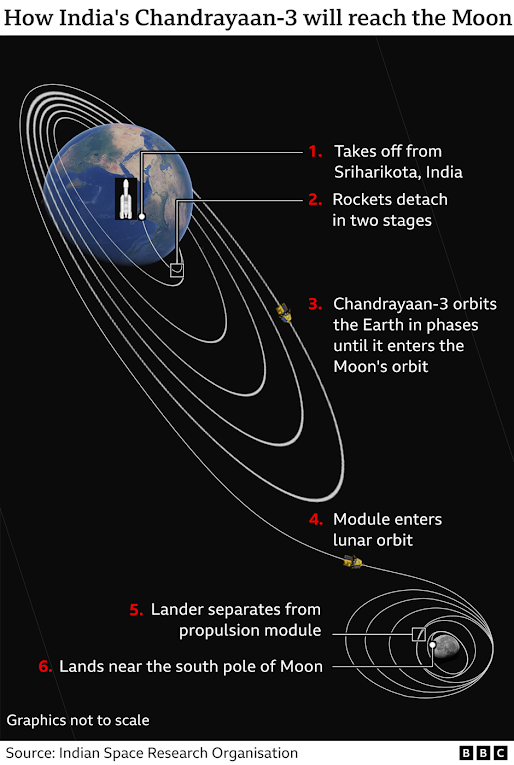The Burning State: Understanding the Manipur Conflict
The Burning State
Understanding the Manipur Conflict
The pictures above depict a complete breakdown of the respective zones. The one on the left is captured after Israeli air raids on the Jabalia refugee camp, and the right one is following the ethnic clashes and rioting in Sungu district. Still, how many citizens today know what has been happening in Manipur? Yes, the situation between Palestine and Israel is worsening, and we should be aware of it, but in our own country, a state has been on the brink of a civil war, and the awareness level is minimal. So yeah, let's talk about it.
Firstly, we need to understand that here we are talking about a tribal state i.e. our preconceived notions of the northeast or violence in general, need to be kept aside. Riots as we know in the mainland happen on religious grounds, but here it's a tribal issue, hence we need to understand the demographics of the state. Physically Manipur is divided into 2 main grounds- the hill and the valley. The hill area is mainly occupied by the Naga and Kuki tribes which account for around 35%(predominantly Christian). The other part of the population is the Meiteis who live in the valley(predominantly Hindu).
It all started when a tribal solidarity march conducted by the All Tribal Students Union Manipur turned violent. This march was called to oppose the push given by the Manipur HC to include the Meitei tribe in the Schedule Tribes(ST) category. According to the Meiteis, the ST status will protect their heritage and culture. On the other hand, Kuki’s claim that the Meitei have always been in a position of power, giving them the status of ST will further affect the hill tribes as they have been socially and economically diminished for long. The Meitei community also has more elected representatives in the state’s legislative assembly and hence wields more administrative power. However, this is not the only reason. The eviction drive conducted in the hill region by the state government in the name of forest protection has also been a major cause for discontent. The residents claim that they had been evicted without any previous warning and with no signs of compensation or rehabilitation. They cite Article 371C of the constitution which grants some administrative autonomy to the tribals.
At the start of May, the violence erupted and the army was deployed with the paramilitary, with internet shutdowns in the state the chaos had only started. Within 2 days at least 60 people were killed. The law and order in the state of Manipur witnessed a complete fallout, even the houses belonging to ministers were burnt down by the crowd.
On July 12th 102 journalists issued a joint statement urging media houses to keep Manipur in the news. Following the internet shutdown, almost little to no reports were coming of the state, and only a few mainstream channels kept covering the crisis. In these times news needs to reach the public and at the same time, the reporters need to be assured of their safety.
The media did cover this, but the whole country only woke up after a video. Fast forward to July 19, the day on which the horrific video of Kuki women being harassed and paraded naked after being gang-raped, goes viral. Visuals are a strong tool they say, and the video proved this. The prime minister finally stated on the matter and Manipur as a whole was discussed in the parliament. The SC took suo-motu cognizance of the video too. Mind you, the video was filmed around 77 days and the husband of the woman also filed an FIR on the 18th of May but the police only took action after the video went viral.
The cause of this incident is also infamous. Fake News. The men were shouting that this was their revenge for a case that went viral before. In that photo you see the body of a woman in a plastic bag, it was claimed that it was a Meitei woman and members of the Kuki tribe had raped her. It was later found out that the photo was from an incident in Delhi, but the fire had already started. For those men rape was revenge. It has been historically observed that women being violated is a central theme in scenes of wars.
This case came to light and hence we saw outrage, but how many more cases are there buried in that debris? Family members witnessing the killing of their own, and children have no place to return to. Remember, that time may pass, fire might settle down, but the mental trauma stays along.
All this and we have seen a complete failure of state machinery and police in the state. There have been reports that even the police force has been divided between Kuki and Meitei camps. One of the survivors also told the Indian Express that they were left to the mob by the police, along with this the assault rifles and other weapons were stolen from the police. It’s not like any committee wasn’t formed. In June the central government formed a peace committee under the governor. However, many organizations meant to be a part of this group ended up refusing to join.
The Manipur violence is an example of how the whole system breaks down, chaos upholds and the situation exceeds to a level of no return. Even after the fire dies down, the mark remains. The future generations need to be taught that revenge only results in damage. Manipur is still burning. And when it stops, it will need all our help to return to what it was and heal. The least we can do is promote peace and not hatred.
Credits: Tanvi Sawale -Thursday Awareness, COEP BLOGS .


Comments
Post a Comment